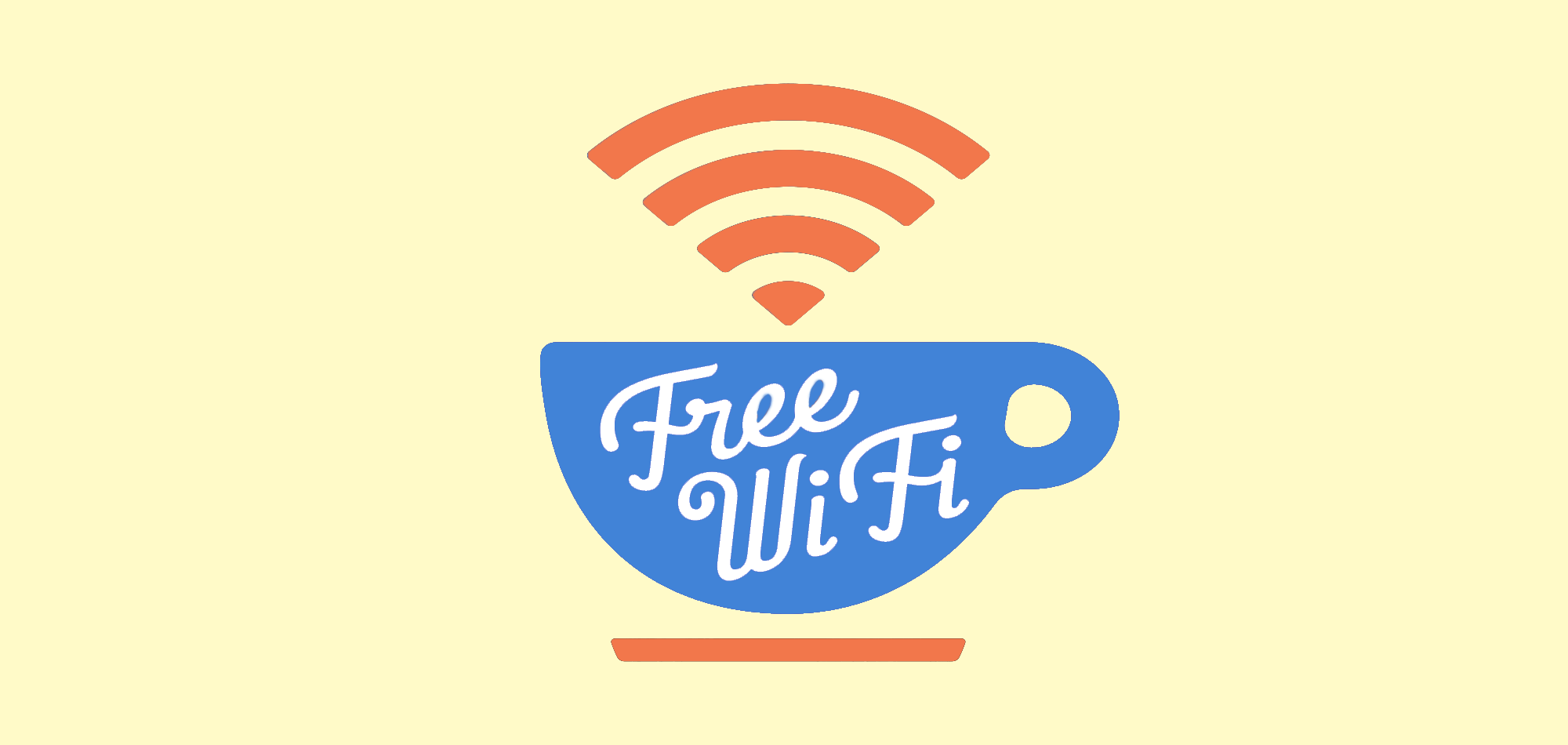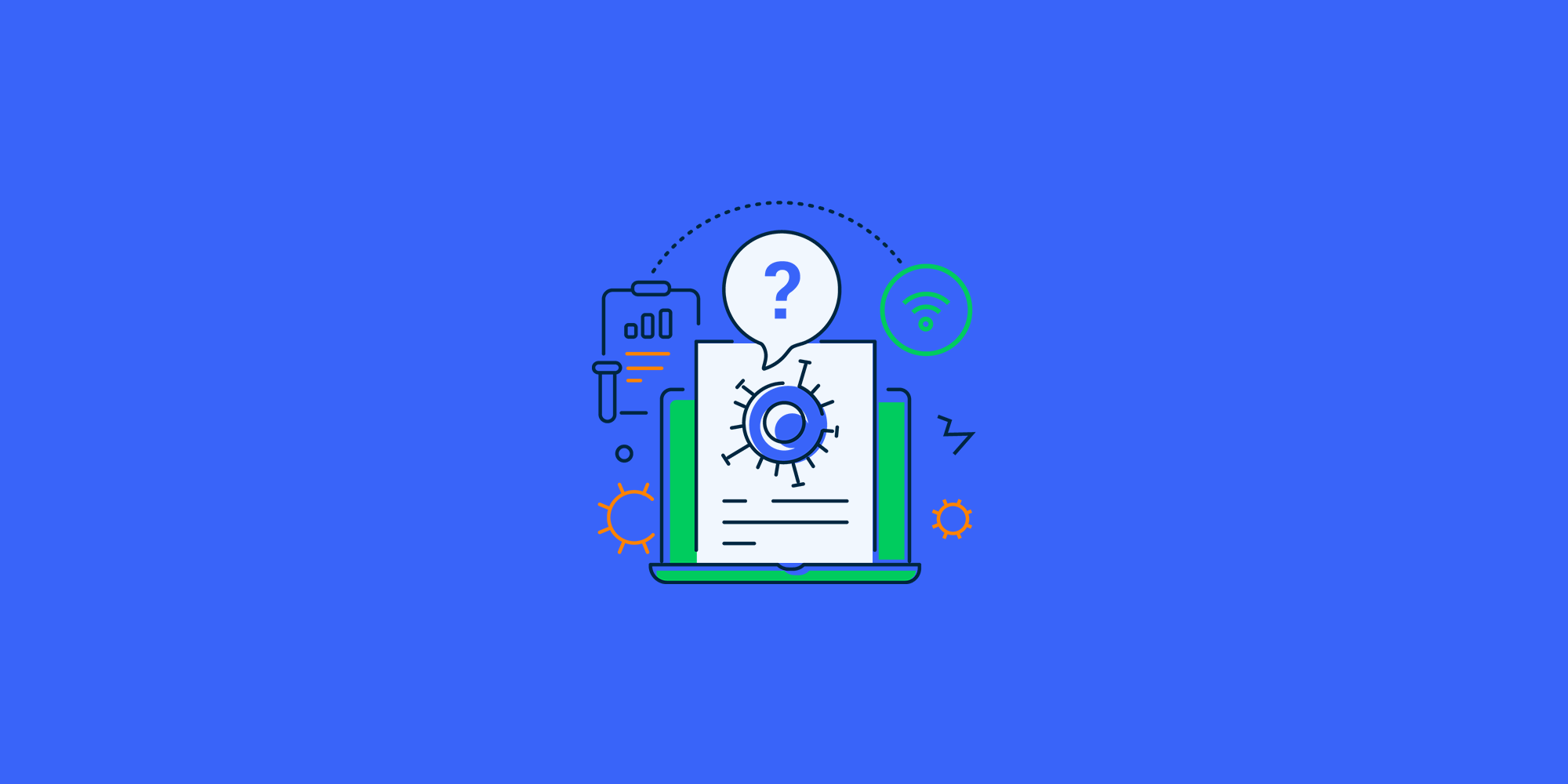
Whether it's for employees, students, guests or customers, having a secure and reliable wireless internet connection is becoming more and more a standard of quality to which a building or enterprise is measured.
Users are taking to apps like Yelp and Google to rate not only the quality of their shrimp pad thai, but their wireless experience, a metric which factors heavily into our decision making nowadays.
To stay ahead of the curve, many in the retail, education and healthcare fields are opting for secure guest WiFi.
Offering Guest WiFi and implementing role-based access control throughout your organization can improve the quality and performance of your space in several important ways.
Added Security
Designing a secure wireless network is a complicated process that involves several different infrastructure and software components as well as ISP service to deliver fast and reliable connectivity that we all have come to rely on.
Deploying an easy to use and secure digital onboarding process for your guest WiFi access requirements is a great way to create a better user experience but also generate business value as well.
In addition to using a guest splash page or captive portal, building a network around a role-based access control design allows businesses to segment their different types of users into specific roles to grant different levels of access of how they can use the network.
For example, someone with a BYOD-Guest role can access basic internet or web-surfing, but can't access internal company assets.
Role based access control is a streamlined or light version of what's called network access control, and it should be integrated into every enterprise-grade network today.
Gather user analytics
Another benefit of creating a Guest WiFi network is the potential to measure traffic and collect important user analytics. Nearly everyone uses a device that requires a wireless connection.
In fact, recent studies show that the average American may be using up to 4 WiFi-enabled devices a day. You can use that as an opportunity to gain some valuable information about your business operations.
Using software that's integrated with the network infrastructure offers the ability to pull some interesting presence analytics.
Data around footfall or how many people are entering your store at a given time, traffic patterns, and other data around how much bandwidth is being consumed, how many devices are accessing the network at a given time.
This type of data can have a real impact on your operations and your bottom-line. For example, you might notice that while you're fully staffed on Saturday morning at 7am, no one is coming in until 10am.
This insight can not only help you cater better to your guests but also allow you to adjust your staffing and reduce overhead.
Faster WiFi
One of the most important questions when designing your wireless internet structure is in fact, how many devices you need to support.
While this may seem less important than the number of users, it can actually have a very large impact if underestimated. While not the most difficult problem to fix, it is one that will be noticeable.
If you're experiencing slow WiFi speeds or less-than-prime performance from your wireless network now or since growing your business or organization, improper structuring could be to blame.
Luckily the SecurEdge Team will work with you to identify those problems and get a more accurate number of the devices needing support on your network.
Recently, the IoT tech boom has introduced thousands of new devices like wearables and environmental controls. If your wireless network is more than 3 years old, it likely wasn't designed with IoT in mind.
Adding a Guest WiFi network will help close the gap and provide added security and management of all the new devices coming on to your network. This will also provide faster WiFi speeds, as your network won't be bogged down by applications competing for the same RF.
Personalize your guest experience
If you have WiFi, they will come. It's not enough these days to offer a product or service, you must make it custom and personalized to your guests or users. Maybe it's all the avocado toast, but customers today are more discerning than ever and seek out not just products or services but experiences.
One way to create a great user experience, is to provide free, fast and easy-to-access WiFi. Everyone has seen the "Free WiFi" window stickers, and we all know that little feeling of excitement you get when you see it.
Even though wireless network is becoming more and more a utility and less of a commodity, it still feels like you're getting something extra when you are offered free WiFi access.
Doing so can be tricky however, as we've discussed how network speeds and performance can be negatively impacted by high traffic volume. While providing a Secure Guest Access is the first step in implementing guest WiFi, the second is arguably creating a personalized Captive Portal.
Captive Portal is the interface that users see when logging into your network for the first time. It will ask for some basic information, usually a name and email, on a web page.
With Secure Guest Access, this web page, or "splash page", is customizable, meaning you can greet your users with your brand, a friendly message, a promotion or anything else you would like them to see.
Not only does this give users a more personalized experience, but it helps garner brand recognition and gives your company or campus a nice polished look.
It also allows you to block devices from gaining access to your network without the proper authentication credentials.
New guest accounts can quickly be provisioned, as well as accessed and Guest Access can be provided without major reconfiguration of guest computers, meaning no phone calls to IT.
When properly implemented, a Guest Access system improves customer satisfaction and enhances the productivity of guests and IT staff alike. Do you need secure wireless guest access at your school, hospital, or campus?
Contact us to learn more about how we can design and configure secure wireless access for your guests.






